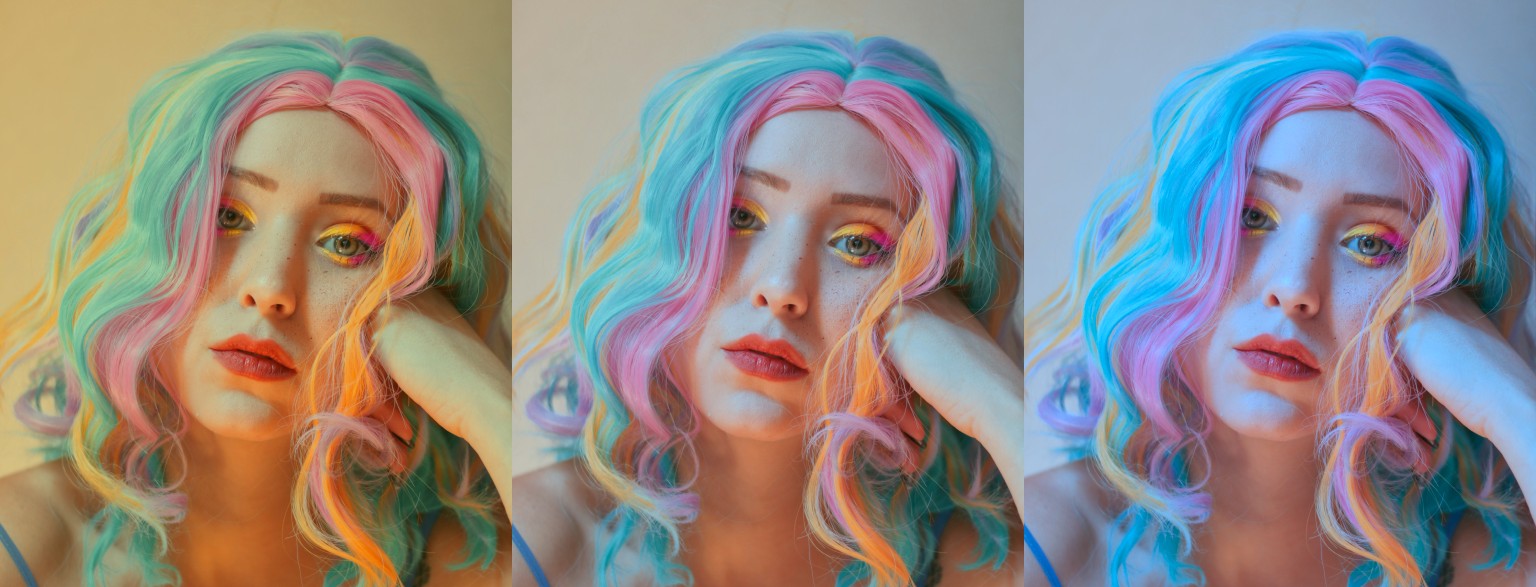Apply white balance

from tinycio import ColorImage
im = ColorImage.load('my/image.tif', 'SRGB_LIN')
im = im.white_balance(source_white='auto', target_white='HORIZON')
im.save('my/new_image.tif', graphics_format='SFLOAT16')
Note
For specifying a white point, you can also use a correlated color temperature or Chromaticity.
While ColorImage will figure out the details automatically,
there’s a more explicit way to do the same, with a few more steps involved.
from tinycio import fsio, WhiteBalance, ColorSpace
cs_lin = ColorSpace.Variant.SRGB_LIN
cs_xyz = ColorSpace.Variant.CIE_XYZ
cs_lms = ColorSpace.Variant.LMS
wp_target = WhiteBalance.Illuminant.HORIZON
fmt_out = fsio.GraphicsFormat.SFLOAT16
# Load the image
im = fsio.load_image('my/image.tif')
# Convert to XYZ for white point estimation
im_xyz = ColorSpace.convert(im, cs_lin, cs_xyz)
# Get approximate source white point
src_white = WhiteBalance.wp_from_image(im_xyz)
# Get xy chromaticity from standard illuminant
tgt_white = WhiteBalance.wp_from_illuminant(wp_target)
# Convert image to LMS for white balancing
im_lms = ColorSpace.convert(im, cs_lin, cs_lms)
# Apply
im_lms = WhiteBalance.apply(im_lms, source_white=src_white, target_white=tgt_white)
# Convert back to sRGB linear
im_out = ColorSpace.convert(im, cs_lms, cs_lin)
# Finally save
fsio.save_image(im_out, 'my/new_image.tif', graphics_format=fmt_out)